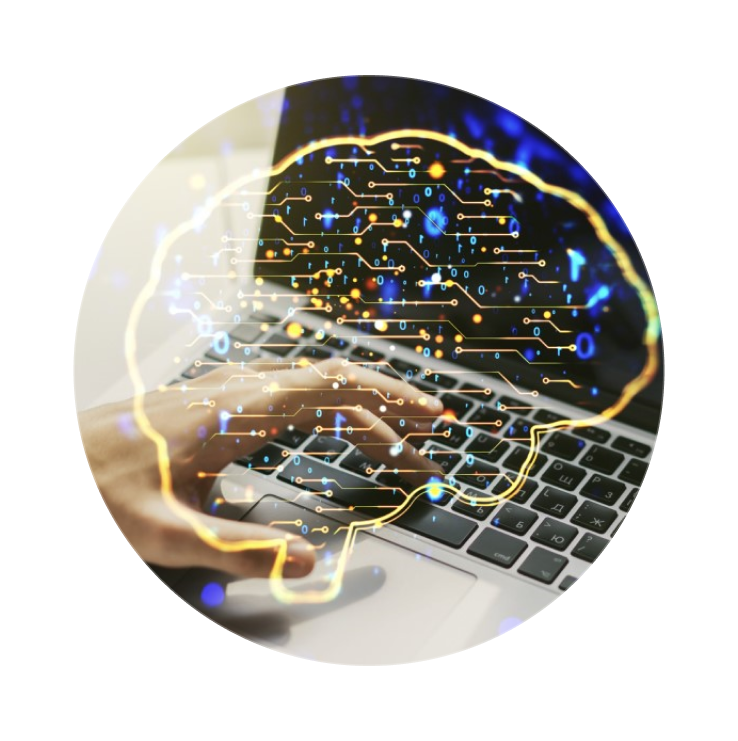Machine learning (ML) has become one of the most sought-after skills in the modern tech landscape. It powers technologies like recommendation systems, speech recognition, autonomous vehicles, and more. But diving into machine learning requires a solid understanding of its core concepts, tools, and applications. Here’s what you need to know to embark on your machine learning journey.
1. Understanding the Basics
Before diving into complex algorithms, it’s essential to grasp the foundational concepts:
- What is Machine Learning? Machine learning is a subset of artificial intelligence where systems learn from data to make predictions or decisions without being explicitly programmed.
- Types of Machine Learning:
- Supervised Learning: Training models on labeled data.
- Unsupervised Learning: Finding patterns in unlabeled data.
- Reinforcement Learning: Learning through rewards and penalties.
2. Mathematics and Statistics
A strong foundation in mathematics and statistics is critical for understanding machine learning algorithms:
- Linear Algebra: Essential for understanding data representations and transformations.
- Calculus: Key for optimization problems in ML models.
- Probability and Statistics: Important for understanding data distributions, hypothesis testing, and model evaluation.
3. Programming Skills
Proficiency in programming is a must. Python is the most popular language for ML due to its simplicity and rich ecosystem of libraries. Key libraries include:
- NumPy and Pandas: For data manipulation and analysis.
- Matplotlib and Seaborn: For data visualization.
- Scikit-learn: For machine learning algorithms.
- TensorFlow and PyTorch: For deep learning models.
4. Data Handling and Preprocessing
Understanding how to work with data is at the heart of machine learning. Key skills include:
- Data Cleaning: Handling missing or inconsistent data.
- Feature Engineering: Creating relevant features to improve model performance.
- Data Scaling and Normalization: Ensuring data is suitable for machine learning algorithms.
5. Core Machine Learning Algorithms
Familiarize yourself with essential algorithms and their applications:
- Linear Regression and Logistic Regression
- Decision Trees and Random Forests
- Support Vector Machines (SVM)
- K-Nearest Neighbors (KNN)
- K-Means Clustering
- Neural Networks
6. Model Evaluation and Optimization
Knowing how to evaluate and optimize models is crucial for success:
- Metrics: Accuracy, precision, recall, F1-score, etc.
- Cross-Validation: Ensuring model generalization.
- Hyperparameter Tuning: Adjusting parameters to improve model performance.
7. Deep Learning and Neural Networks
Deep learning is a specialized branch of machine learning that focuses on neural networks. Key concepts include:
- Convolutional Neural Networks (CNNs): Used for image data.
- Recurrent Neural Networks (RNNs): Used for sequential data like time series or text.
- Transfer Learning: Leveraging pre-trained models for new tasks.
8. Domain Knowledge
Understanding the domain where you’ll apply machine learning is often overlooked but critical. For example:
- Healthcare: Knowledge of medical data and practices.
- Finance: Understanding of financial metrics and risks.
- Retail: Insights into consumer behavior and trends.
9. Real-World Projects
Practical experience is the best teacher. Build projects that solve real-world problems to gain hands-on experience. Some ideas include:
- Predicting stock prices.
- Building a recommendation system.
- Developing a sentiment analysis tool.
10. Staying Updated
Machine learning is a rapidly evolving field. Stay informed by:
- Following research papers and journals.
- Participating in online communities like Kaggle or GitHub.
- Taking courses and attending webinars.

